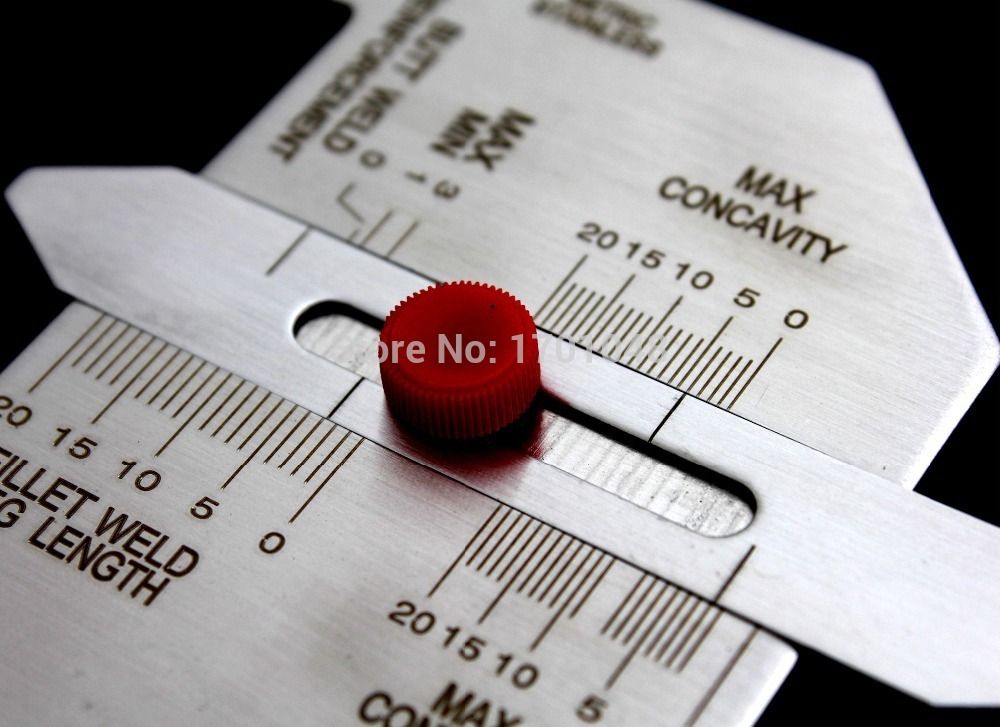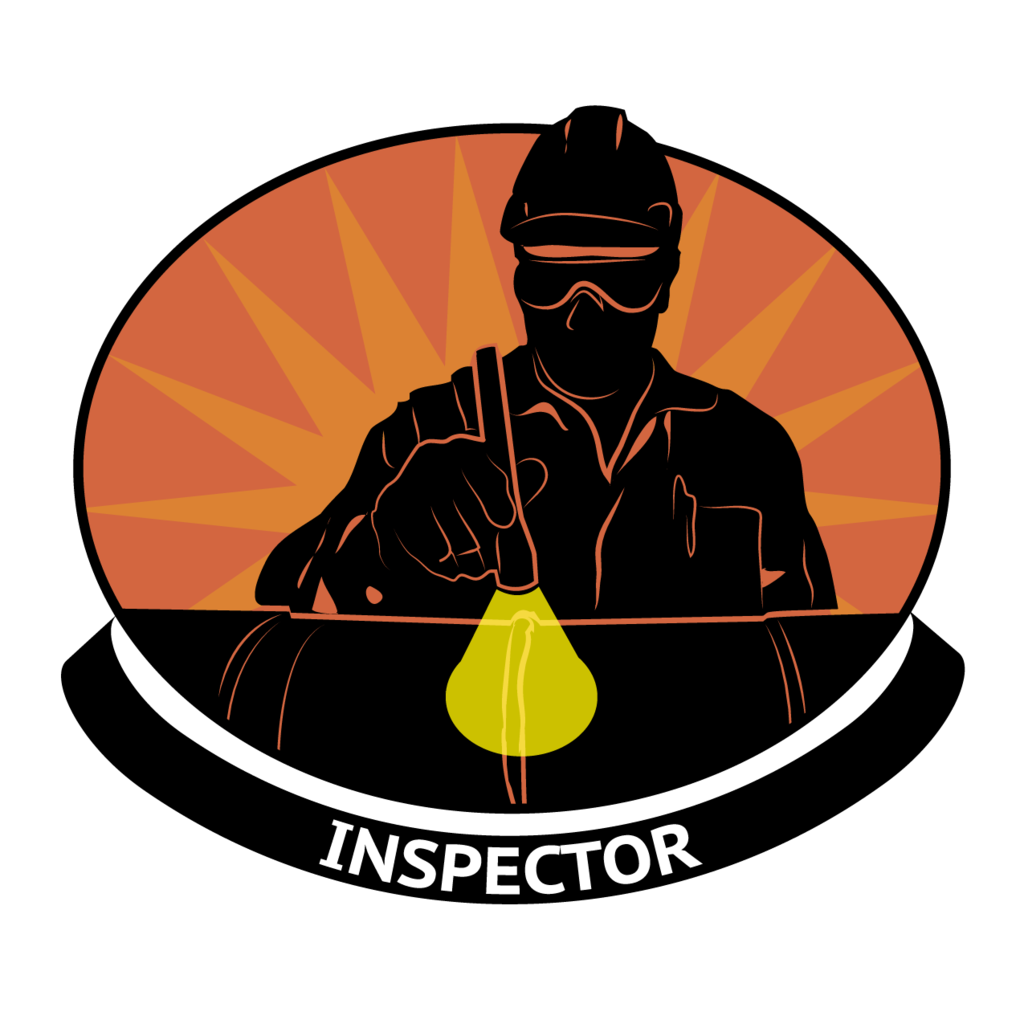 |
| ELEMENT |
 |
| sudah dicoating |
Untuk PWHT pressure piping acuannya ada diASME B31.3 halaman 99 pdf table 331.1.1 untuk videonya lihat disini,
PWHT (Post weld heat treatment ) adalah salah satu prosess heat treatment yang gunanya untuk mengembalikan keuletan atau ketanguhan material akibat adanya perubahan struktur mikro material akibat panas yang timbul pada saat pengelasan ataupun pada saat pendinginan.
kalau kata AWS d1.1 di paragrhap c 3.14
nih..
.C-3.14 Postweld Heat Treatment
Historically, the D1.1 requirements for PWHT have been
largely based on experience with ASME code fabrication
of plain carbon-manganese steels. The structural steel industry is increasingly moving away from carbon manganese steels to newer steels which are metallurgically more
complex such as low alloy and microalloyed [e.g.,
Cb(Nb) and V additions] steels. The newer steels can be
furnished in the as-rolled condition or with heat treatments such as quenching and tempering (Q&T), quenching and self-tempering (QST), or thermo-mechanically
controlled processing (TMCP) to obtain higher yield
strength. In general, Cb(Nb) and V additions are not used
in pressure vessel steels, and when included, they are usually restricted to low values. The exception in pressure
vessel steels is SA-737 which has additions of Cb(Nb) or
V depending upon the grade. There have been a least
seven Welding Research Council (WRC) Bulletins on
topics relevant to the subjects of PWHT and microalloyed
steels. A summary of the overall conclusions indicates
that:
(1) PWHT (at 1150°F [620°C] for a few hours) of asrolled or normalized carbon-manganese and low alloy
steels (having a 50 ksi [345 MPa] or lower yield
strength) does not adversely affect strength. PWHT, regardless of temperature or duration, degrades the notch
toughness of Cb(Nb) or V microalloyed base metals and
HAZs. Degradation varies in severity and may or may
not affect the suitability for service.
(2) Steels manufactured by Q&T, QST, or TMCP
processing need to have the development of their PWHT
based on the specific material and processing. PWHT
may reduce strength and notch toughness properties. The
response to PWHT is very dependent on composition.
Some Japanese data indicate that 1025°F [550°C] may
be a more appropriate PWHT temperature for certain
TMCP steels. The optimum PWHT temperature is dependent on specific composition, strength, and notch
toughness requirements.
(3) ASTM A710 Grade A, age hardening Ni, Cu, Cr,
Mo, Cb(Nb) steel is susceptible to cracking in the HAZ
during PWHT. Grades B and C have not been studied.
Some grades of ASTM A514/A517 are marginal for
PWHT due to low ductility and possible HAZ cracking
during PWHT as well as loss of strength and toughness.
Some specifications place specific limits on PWHT such
as ASTM A913 or “High-Strength Low-Alloy Steel
Shapes of Structural Quality, Produced by the Quenching and Self-Tempering Process (QST)” which requires
that “shapes shall not be formed and postweld heat
treated at temperatures exceeding 1100°F [600°F].” The
API offshore structures specifications 2W for TMCP
steels and 2Y for Q&T steels have similar warnings regarding “Post Manufacturing Heating” which need to be
considered when PWHT is contemplated.
kalau di asme b31.3 ada di pragraph 313 dimana PWHT digrouping untuk material yang akan diPWHT jadi mudah sih menurut ane (Table 331.1.1 Postweld Heat Treatment)
331 HEAT TREATMENT
331.1 General
331.1.1 Postweld Heat Treatment Requirements
(a) PWHT shall be in accordance with the material
groupings (P-Nos. and Group Nos.) and ranges in
Table 331.1.1 except as provided in Table 331.1.2 and
Table 331.1.3. The P-Numbers and Group Numbers are
defined in ASME BPV Code, Section IX,
Table QW/QB-422. (Note that the P-Nos. are also listed
in Appendix A.)
(b) The PWHT to be used after production welding
shall be specified in the WPS and shall be used in qualifying the welding procedure.
(c) The engineering design shall specify the examination and/or other production quality control (not less
than the requirements of this Code) to ensure that the
final welds are of adequate quality.
331.1 General
331.1.1 Postweld Heat Treatment Requirements
(a) PWHT shall be in accordance with the material
groupings (P-Nos. and Group Nos.) and ranges in
Table 331.1.1 except as provided in Table 331.1.2 and
Table 331.1.3. The P-Numbers and Group Numbers are
defined in ASME BPV Code, Section IX,
Table QW/QB-422. (Note that the P-Nos. are also listed
in Appendix A.)
(b) The PWHT to be used after production welding
shall be specified in the WPS and shall be used in qualifying the welding procedure.
(c) The engineering design shall specify the examination and/or other production quality control (not less
than the requirements of this Code) to ensure that the
final welds are of adequate quality.
parameter dalam pwht yang perlu dijaga adalah:
1. Heating Rate
2. Holding temperature
3. cooling Rate
dalam melakukan PWHT banyak yang perlu diperhatikan kalu w baca2 di web diantarnya yang perlu diperhatikan
1. expansion area
2. insulasi : daerah elemen harus dicover untuk menjaga kestabilan suhu
3. cleaning material : material harus dibersihkan
4. support material : material harus diberikan suuport supaya tidak terjadi distortion karena pada saat pemanasan material mengalami pelunakan.
smua kegiatan PWHT harus direcord antara lain
a.identitas material
b.waktu dilakukan PWHT
c.temperature record
d.personel PWHT
bersambung..





